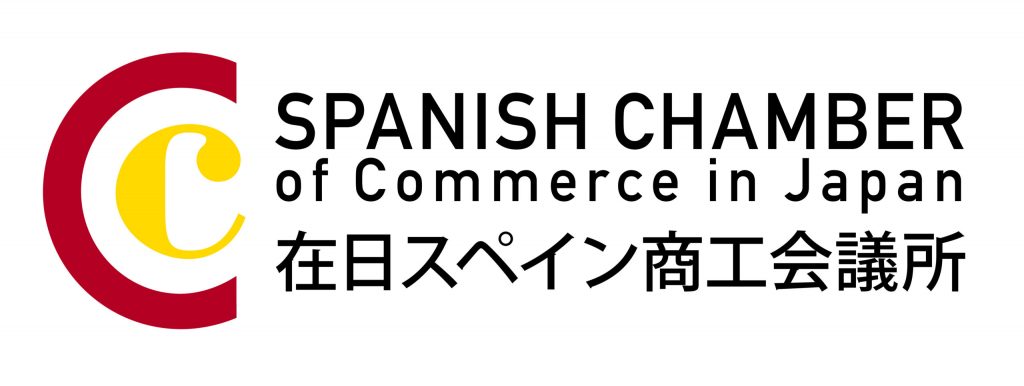
Cities & CoVid-19
Cities & CoVid-19
The urbanization process we are experiencing today is unprecedented. In 1950, approximately 30% of the world’s population lived in cities. In 2000 the percentage of urban population was already 50%. According to certain solvents forecasts for 2025, about 70% of the world population will be urban. In the next 25 years nearly 2 billion people will be born or move to livein cities. This process is an extraordinary social, economic, infrastructural and environmental challenge, and also, a clear business opportunity of global dimension.
It is not just a quantitative process, cities are the nodes that articulate and organize the world economy, with a growing leadership role and without the commitment of cities, the principles of sustainable development and the continuity of the quality of life on the planet are unfeasible. For this reason, organizing the cities of the 21st century is one of the great questions of humanity.
In this challenging time of COVID-19, cities have been put again in the spotlight. Two main elements of global cities have been fundamental for the quick spread of the virus from Asia to Europe and then to America: connectivity and density of urban cores.
Global cities in develop countries are suffering the most in this initial stage of the pandemic, especially cities that have been successful most of them in attracting talent and positing themselves as the economic powerhouses of their respective countries. It has been very interesting how dense Asian cities such as: Singapore, Seoul, Hong Kong are trying to be very successful to tackle this initial phase outbreak with the use of technology.
The application of technology in cities constitutes a massive opportunity to rethink our cities and create cities that are not only more resilient to sanitary shocks or economic shocks but also more human cities.

In this regard this sanitary crisis has provided an opportunity to understand better urban ecosystem and how technology and innovation, occur at the intersection between different disciplines, in the nodes of physical and virtual confluence.
Cities that pretend to be successful in the future will be the ones that strike a smart balance between the different elements of the urban trilogy: economic competitiveness, social cohesion and environmental sustainability and acknowledge the power of technology, and applications derived of artificial intelligence to ensure prosperity and higher quality of life for its citizens.
Alfonso Vegara Gorroño
Associate Director of Future Cities Research Fundacion Metropoli
